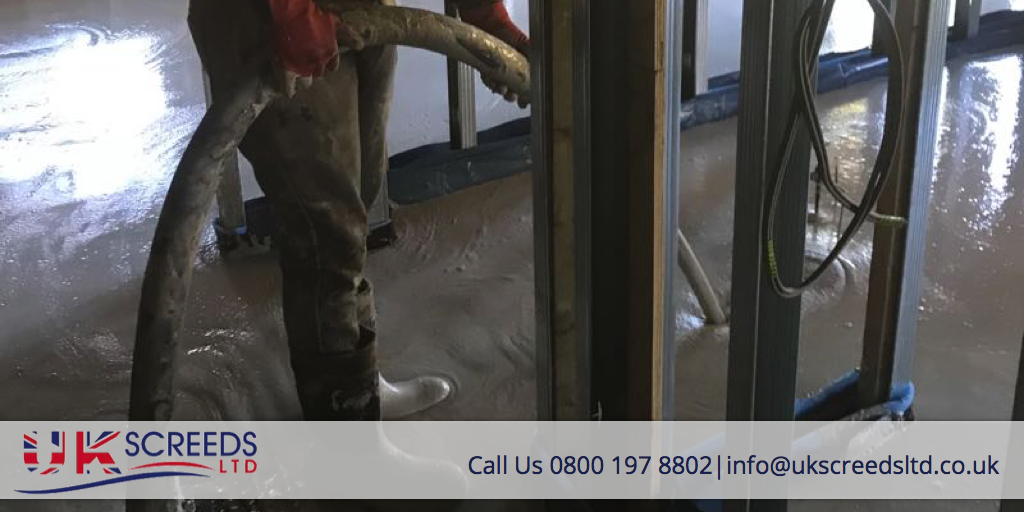Glad you asked.
And if you run a shop selling knitting wools or are an accountant or a dog trainer, you are not going to need one, so you have no need to read further.
However, if you are in the building trade you had better read on.
One of the most important things when constructing any sort of building is going to be the floor. Sure, the walls and the ceiling or roof are critical as well, but we do not walk on those. We do walk on the floor.

If you are an outdoors sort of person you may have often gone for a walk in the forest, up a hill, down a hill, or even climbed a mountain, but one thing that all those places have in common is that whatever you are walking on is uneven. In many cases it can be very difficult to walk on at all. That is due to one reason, which is that, quite simply, it is not flat.
Something that is flat is very easy to walk on because you simply do not have to give it any thought. You just put one foot in front of the other. No problem. When you walk in the great outdoors you don’t expect everything to be flat, so you take notice.
The total opposite is true if you walk into a hotel, a casino, a pub, any sort of shop, or even your own home. You expect the floor to be flat, so you simply do not give it any consideration. That is, until you walk into a building where the floor is not flat. Suddenly that is a whole different ball game.
Believe it or not, the major cause of accidents involving injury, and even death, is the result of slips and falls. Yes, there are lots of car accidents. Sure, there are many others; ask any nurse who works in A&E. But slips and falls are the major causes, and a lot of these are simply because a floor is not flat but has uneven parts, bumps, loose tiles, and much more.
What’s more, there is a whole raft of ambulance-chasing lawyers who are only too keen to take up the case of someone injured because of a faulty floor because they know full well that the damages can run into five or six figures. And they typically charge 25% of any damages the court awards. Trebles all round, folks!
When you are in the construction business it is vital to ensure that the floor in a building is as level as it can possibly be. That means that you can’t just lay the final flooring on a concrete substrate: you need a screed. That is a thin layer of sand and cement, anhydrite, or other material that is laid on top of the substrate in order to achieve a level surface on which to lay the final floor.
Now screeds can be made of different materials, such as a cement screed in Kent or for that matter anywhere else, and that can incorporate sand or can be liquid cement. But today, the use of anhydrite, or gypsum, screeds is coming into prominence because of the many benefits the material has.
Just to begin with, it is poured as a liquid which is self-levelling and can further be levelled with a laser. The liquid screeds which we install at UK Screeds will almost always achieve SR2, which is builder-speak for Surface Regularity 2, and usually SR1 – and it cannot get better than that. Most cement screeds struggle to achieve SR2 and often don’t get any better than SR3.
Our liquid screeds are so superior to sand and cement screeds when it comes to installing underfloor heating. Because they are liquid, they completely envelop the heating pipes, so the heat transfer to the room is 100%. This is almost impossible to achieve with a cement screed. The thermal transfer properties of anhydrite are also nearly twice those of sand and cement, so less energy is needed to heat the room, resulting in savings on energy bills and thus reducing harm to the environment.
There are many other benefits too, such as the fact that we can lay a liquid screed up to 20 times faster than a cement screed can be laid, saving a considerable amount of time on site.
Call us and talk to us about your flooring needs and let us tell you more.







